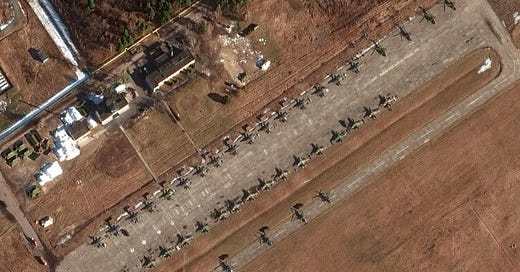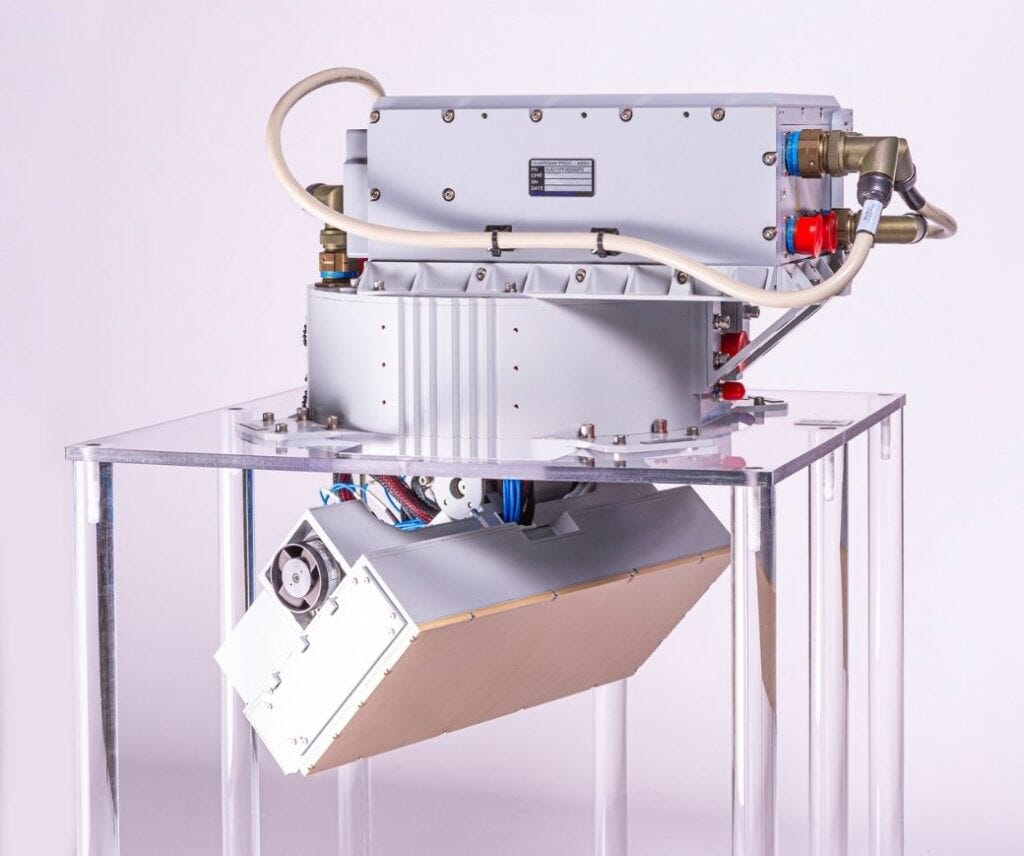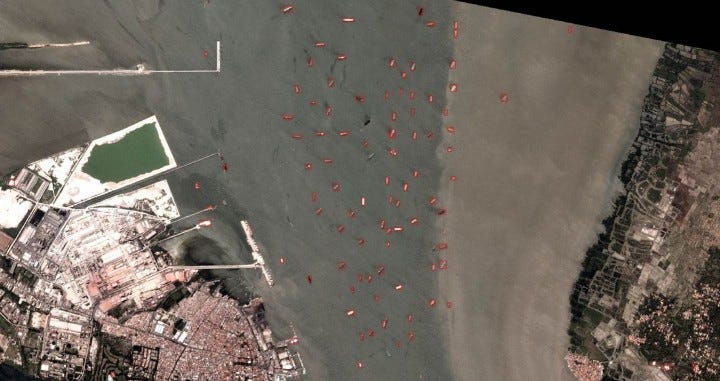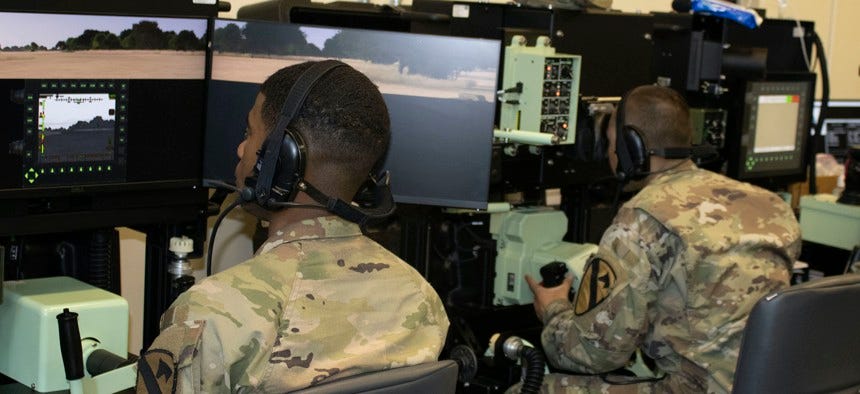The Strategic Imperative
Modern defense operations require precise, real-time intelligence to counter emerging threats effectively. Traditional surveillance methods are increasingly outpaced by rapid technological advances. By leveraging AI-driven analytics alongside remote sensing capabilities, defense forces can enhance situational awareness, predict adversary actions, and reinforce national security. This digital transformation is designed to empower decision-makers with actionable, secure intelligence, enabling them to operate with both confidence and clarity in high-stakes environments
The Technological Foundations
Advanced Remote Sensing
Remote sensing is a critical asset in modern defense, providing comprehensive data collection without direct contact. Defense organisations utilise:
Satellites: Harnessing continuous, high-resolution imaging capabilities, satellites provide expansive, real-time surveillance across strategic areas and border regions. Their ability to capture detailed imagery from space ensures comprehensive monitoring, enabling proactive detection and precise analysis of potential threats on a global scale
Unmanned Aerial Vehicles (UAVs): UAVs deliver agile, on-demand data collection in even the most challenging operational theatres. Their rapid deployment and high manoeuvrability allow for dynamic, ground-level observation, enhancing tactical reconnaissance and offering critical situational awareness where traditional methods fall short
Sophisticated Sensors and Radars: Employing advanced multispectral, hyperspectral, and thermal imaging, these technologies detect even the subtlest environmental and operational changes. By capturing detailed, real-time data, they empower defense organisations to identify anomalies and potential threats with unparalleled precision, ensuring robust monitoring and early intervention
Various Applications For Defense
Enhanced Surveillance And Reconnaissance
Border and Maritime Surveillance: Advanced AI algorithms process high-resolution satellite and UAV imagery to detect and flag unauthorised movements, vessel anomalies, and potential security breaches. By integrating multi-sensor data, these systems provide continuous, automated monitoring of borders and maritime zones, ensuring a rapid response to evolving threats and unauthorised incursions
Critical Infrastructure Monitoring: AI-enhanced surveillance continuously monitors vital installations such as military bases, energy facilities, and communication hubs. Automated anomaly detection identifies irregular activity, cyber threats, or environmental hazards, ensuring defense forces have real-time situational awareness to safeguard critical assets from sabotage or disruption
Autonomous Reconnaissance: AI-powered drones and autonomous surveillance platforms operate in high-risk and contested environments, delivering continuous, low-risk intelligence collection. These systems navigate complex terrains, track adversary movements, and relay mission-critical data in real time - enhancing battlefield awareness while minimising human exposure to hostile conditions
Intelligence, Surveillance And Reconnaissance (ISR)
Comprehensive Data Integration: By fusing data from satellites, UAVs, ground sensors, and cyber intelligence sources, AI-powered systems create a seamless, real-time operational picture. This integration eliminates data silos, enhances cross-domain awareness, and ensures that decision-makers have a complete, accurate view of evolving threats across air, land, sea, and cyber domains
Automated Threat Analysis: Advanced AI algorithms classify, prioritise, and track potential threats in real time, significantly enhancing early warning systems. By continuously analysing intelligence feeds, these systems detect anomalies, identify adversarial intent, and enable swift, informed decision-making - reducing reaction times and strengthening defensive postures
Operational Targeting: AI-driven tracking and targeting systems provide unparalleled accuracy in monitoring mobile threats. By leveraging predictive analytics, these systems anticipate movement patterns, optimise resource deployment, and support mission-critical interventions with precision - ensuring timely, effective action in dynamic operational theatres
Operational Planning And Decision Support
Battlefield Simulation: AI-powered modelling and simulation systems generate highly realistic combat scenarios, allowing military planners to assess various courses of action, predict adversary responses, and refine tactical strategies. These simulations incorporate real-time battlefield data, historical engagements, and environmental factors, providing commanders with a dynamic, risk-mitigated approach to mission planning and execution
Logistical Coordination: Predictive analytics optimise supply chain resilience, ensuring that personnel, equipment, and critical resources are allocated efficiently. AI continuously analyses operational demand, terrain constraints, and real-time threat assessments to anticipate supply chain disruptions and proactively adjust logistical strategies. This ensures sustained operational readiness, minimising vulnerabilities in contested environments
Cyber-Physical Security: By integrating physical sensor data with AI-enhanced cybersecurity protocols, defense organisations can detect and neutralise emerging hybrid threats. AI-driven threat intelligence continuously monitors network activity, electronic warfare signals, and sensor data, identifying potential cyber-physical attacks before they escalate. This convergence of digital and physical security fortifies critical infrastructure, ensuring operational integrity across all domains
Government AI Digital Transformation Roadmap
Phase 1: Building A Secure And Scalable Data Infrastructure
Secure On-Premise And Hybrid Cloud Architecture
On-Premise Data Centres: Secure classified mission-critical intelligence in isolated, air-gapped environments with zero-trust security models, AI-powered encryption, and autonomous intrusion detection systems
Hybrid Cloud Deployments: Enable scalable, high-speed data processing, allowing rapid AI-driven insights while complying with national data sovereignty laws
Distributed Edge Computing: AI-enabled edge nodes should process data locally at remote bases, battlefield environments, and naval fleets, ensuring low-latency intelligence even in denied or disconnected environments
Enterprise-Scale Interoperability And System Integration
Seamless intelligence sharing across military branches, reconnaissance units, and global allied forces
Real-time multi-sensor data fusion, creating a holistic, AI-enhanced situational awareness dashboard
Integration with existing defense networks, ensuring smooth deployment and interoperability with legacy command-and-control systems
Phase 2: AI-Driven Intelligence And Operational Automation
Custom AI Models
Automated Threat Detection: AI models must continuously analyse satellite imagery, sensor feeds, and battlefield intelligence to detect hostile movements, hidden threats, and asymmetric warfare tactics
Predictive Terrain Analytics: AI-powered digital elevation models (DEM) and terrain classification algorithms must anticipate geospatial challenges, environmental hazards, and optimal troop movement paths
Real-Time Change Detection: AI must track enemy force mobilisation, infrastructure modifications, and suspicious activity, enabling rapid countermeasures and pre-emptive decision-making
Cognitive AI Warfare Systems: Future-ready AI solutions should integrate reinforcement learning to enhance automated defense decision-making in complex combat environments
Real-Time Situational Awareness And Decision Support
Edge AI Capabilities for Tactical Operations: Deploying AI-driven edge processing units to deliver low-latency intelligence at remote military bases, naval fleets, and battlefield zones
Command Dashboards with Predictive Insights: AI-driven visualisation platforms must present battlefield and operational data as dynamic, mission-specific intelligence briefings
Phase 3: Workforce Enablement And AI-Augmented Operations
AI-Powered Decision Support For Personnel
Automated Intelligence Briefings: AI-generated reports that highlight key patterns, threats, and strategic recommendations for commanders and analysts
Mission-Specific Risk Assessments: AI models must simulate combat scenarios, project adversary strategies, and predict mission success probabilities
Cognitive AI Assistants: Embedded AI-powered assistants must reduce cognitive overload for field operators and provide real-time decision support
AI-Driven Simulation And Training Systems
Scenario-Based Wargaming: AI-driven models must simulate battlefield conditions, allowing commanders to test and refine tactical responses
Live AI-Assisted Training: Personalised, adaptive AI learning models should tailor combat training programmes for defense personnel
Mission Rehearsals with Dynamic Variables: AI-powered digital twins must simulate real-time battlefield conditions, terrain changes, and adversary behaviours
Phase 4: Governance, Security And Ethical AI Deployment
Military-Grade AI Governance And Compliance
National security protocols and military-grade data protection laws: AI systems used in defense must comply with existing national security frameworks, including classified data handling protocols, intelligence sharing restrictions, and critical infrastructure protection. This includes implementing encryption standards, secure communication channels, and risk-based data access policies designed to meet the highest security thresholds
International cybersecurity and defense compliance standards: Cross-border AI collaboration, especially in multinational defense alliances like NATO, requires adherence to globally recognized standards such as ISO/IEC 27001 for information security and frameworks under the Tallinn Manual for cyber warfare. This ensures AI systems are interoperable and secure across allied defense infrastructures
Automated AI governance frameworks that enforce role-based access control for sensitive intelligence: Governments should deploy AI governance platforms that automatically monitor and enforce access policies based on roles, security clearance levels, and operational contexts. These platforms should log every access event, support real-time anomaly detection, and enable revocable credentials to minimize insider threats and unauthorized use of sensitive defense intelligence
Ethical And Explainable AI
Auditable and Transparent: Defense-related AI algorithms must be designed with built-in audit trails and explainability features, allowing decision-makers to trace how conclusions were reached. This is essential for legal accountability, mission reviews, and ensuring compliance with rules of engagement and international humanitarian law
Bias-Free and Ethically Aligned: To prevent systemic errors and unethical outcomes, AI systems must be trained on diverse and representative datasets. Governments should integrate fairness audits, bias detection tools, and ethical review boards into their AI development cycles to identify and mitigate unintended discrimination or skewed threat assessments
Human-in-the-Loop Decision Making: All critical military actions involving AI - such as target identification, threat prioritization, or autonomous drone missions - must include human validation and override mechanisms. This ensures that final decisions are made with ethical judgment, contextual understanding, and strategic foresight that AI alone cannot provide
Phase 5: Long-Term Innovation And Strategic Partnerships
Public-Private Collaboration For AI And Remote Sensing R&D
Accelerate AI-enhanced automation: By creating dedicated AI research centers and defense tech incubators, governments can co-develop next-generation AI models for threat detection, mission planning, and real-time battlefield analysis. These hubs can also serve as controlled environments for testing autonomous systems and stress-testing cybersecurity defenses
Drive breakthroughs in military-grade remote sensing capabilities: Partnerships should focus on enhancing satellite imaging, drone-based surveillance, and hyperspectral imaging to improve real-time situational awareness. AI-powered remote sensing can help identify hidden threats, monitor border integrity, and enable precision targeting with minimal collateral damage
Maintain technological superiority over adversarial advancements: Continuous collaboration with leading AI and defense innovators helps maintain a strategic edge in rapidly evolving warfare domains. Governments must invest in horizon-scanning programs, intelligence-sharing frameworks, and agile procurement strategies to adopt emerging technologies before they become mainstream threats in adversarial hands
Secure Intelligence Sharing And Global Defense Collaboration
Cross-border defense cooperation with trusted allied nations: Governments must establish secure AI frameworks that support joint military operations and cross-border defense initiatives. This includes bilateral and multilateral agreements to share high-fidelity sensor data, satellite imagery, and AI-generated threat insights, while adhering to classified data protection protocols and international legal standards
Joint AI-powered intelligence-sharing platforms for coalition military operations: AI-enabled platforms should serve as a shared operational backbone for coalition forces - capable of aggregating, analyzing, and disseminating intelligence in near real-time
Standardised data exchange protocols for real-time threat detection and rapid response coordination: Governments and their allies must adopt internationally recognized data formats, transmission standards, and metadata tagging schemas to ensure seamless interoperability of AI systems
Conclusion
Digital transformation is reshaping the defense sector. By combining AI with state-of-the-art remote sensing technologies, defense organisations can secure a decisive edge- delivering precise, actionable intelligence that underpins mission success. This strategic roadmap advocates for a robust data infrastructure, customised AI integration, continuous professional development, stringent security protocols, and strategic collaboration.
At Aetosky, we remain committed to empowering defense leaders with the premium, end-to-end solutions necessary for superior operational intelligence. Our focus on precision, security, and strategic impact ensures that, in an era of increasing complexity, our partners are equipped to safeguard national interests with confidence and clarity.















